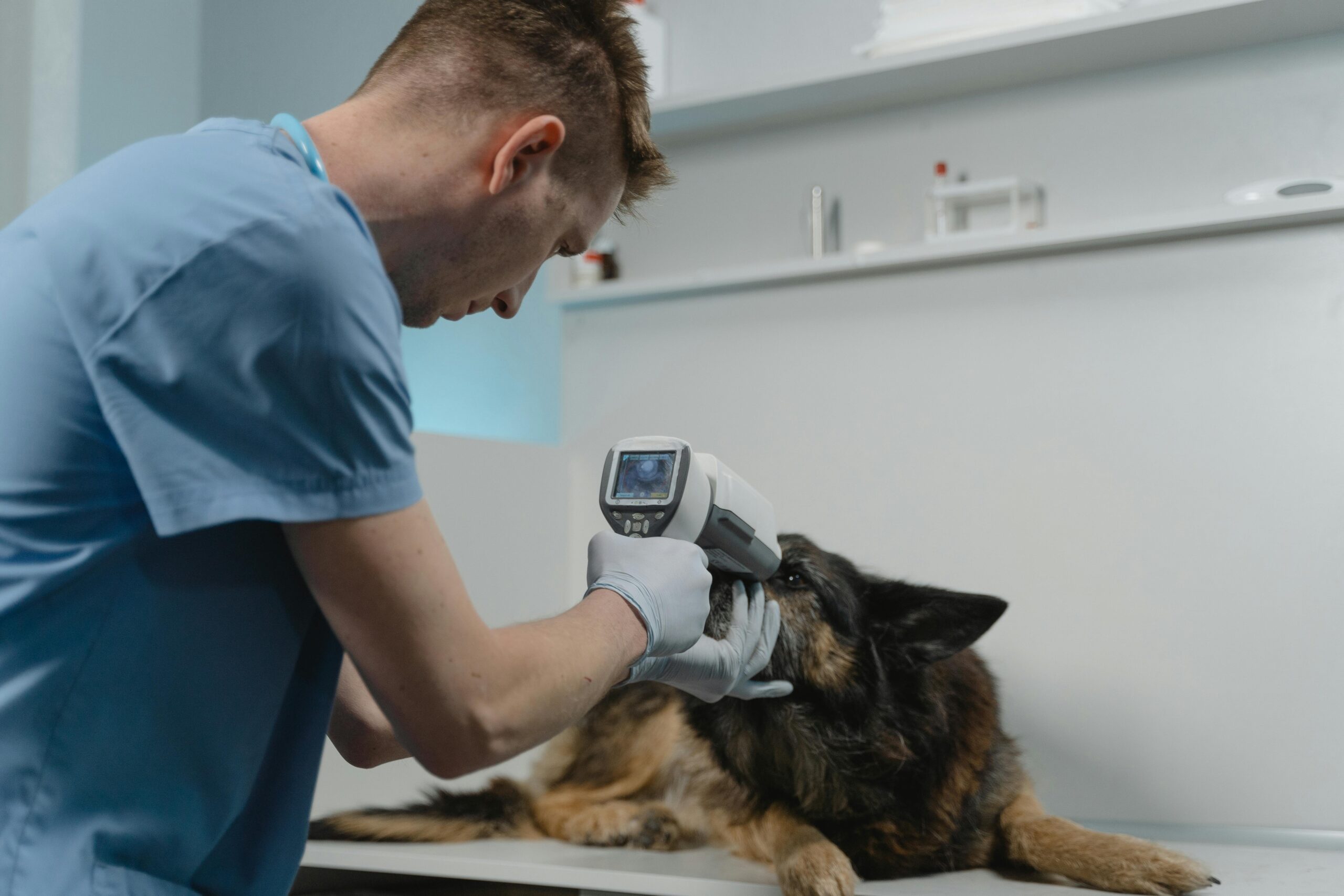The veterinary industry is on the cusp of a technological revolution, promising to transform the way veterinarians, pet owners, and veterinary professionals approach animal healthcare. This transformation is driven by a blend of advancements in veterinary medicine, artificial intelligence (AI), telemedicine, and wearable technology, all aimed at enhancing the quality of veterinary care and the well-being of our furry friends. As we delve into the future of veterinary technology, let’s explore the trends and innovations that are setting the stage for a new era in veterinary practice.
Telemedicine and Telehealth: Bridging the Gap
The pandemic accelerated the adoption of telemedicine and telehealth services in the veterinary field, enabling veterinarians to offer consultations and follow-up care remotely. This shift not only reduces the stress on pets by avoiding unnecessary trips to the clinic but also improves access to veterinary services for pet owners living in remote areas. Telemedicine platforms, equipped with messaging and video conferencing capabilities, facilitate real-time consultations, making veterinary care more accessible and convenient.
Artificial Intelligence and Machine Learning: Revolutionizing Diagnoses
AI and machine learning are transforming the way veterinarians diagnose and treat health issues in pets. AI-powered diagnostic tools and algorithms can analyze medical records, radiographs, and MRI images more quickly and accurately than ever before, identifying health risks and diseases at early stages. This leads to better care, with treatment plans that are tailored to the individual needs of each patient.
Wearable Technology: Monitoring Pet Health in Real-Time
Wearable devices for pets, such as trackers and wearable technology, are gaining popularity among pet owners and veterinary professionals. These devices monitor vital signs, activity levels, and other health indicators in real-time, providing valuable data for assessing an animal’s health and well-being. This continuous stream of information allows for early detection of potential health issues, enabling prompt intervention and treatment.
3D Printing: Custom Solutions for Animal Healthcare
Technological advances in 3D printing are offering new possibilities in the creation of customized prosthetics, implants, and surgical tools for animals. Veterinary clinics can now produce tailor-made solutions on-site, improving the quality of patient care and outcomes for surgeries and treatments. This cutting-edge technology is particularly beneficial for pets requiring complex or unconventional medical interventions.
Cloud-Based Practice Management and Electronic Medical Records
The shift towards cloud-based practice management systems and electronic medical records (EMR) is streamlining workflows within veterinary clinics. These systems enhance client communication, improve the efficiency of veterinary services, and ensure that pet medical histories are easily accessible to team members. Secure, cloud-based platforms facilitate the sharing of information between veterinary clinics, specialists, and pet owners, contributing to a more cohesive approach to pet care.
The Role of Veterinary Technicians and Professionals
As new technologies emerge, the roles of veterinary technicians and other veterinary professionals are evolving. Continuous training and education in the use of AI, telehealth services, and diagnostic tools are essential for veterinary teams to stay at the forefront of the industry. The American Veterinary Medical Association (AVMA) and other organizations play a crucial role in setting standards and providing resources for veterinary professionals navigating these changes.
Looking Ahead
The future of veterinary medicine is bright, with technological advances promising to enhance every aspect of veterinary care, from diagnosis and treatment to patient management and client communication. As veterinary technology continues to evolve, the primary goal remains unchanged: to improve the health and well-being of pets. By embracing these innovations, veterinarians, pet owners, and veterinary professionals can look forward to a future where animal healthcare is more effective, efficient, and accessible than ever before.

